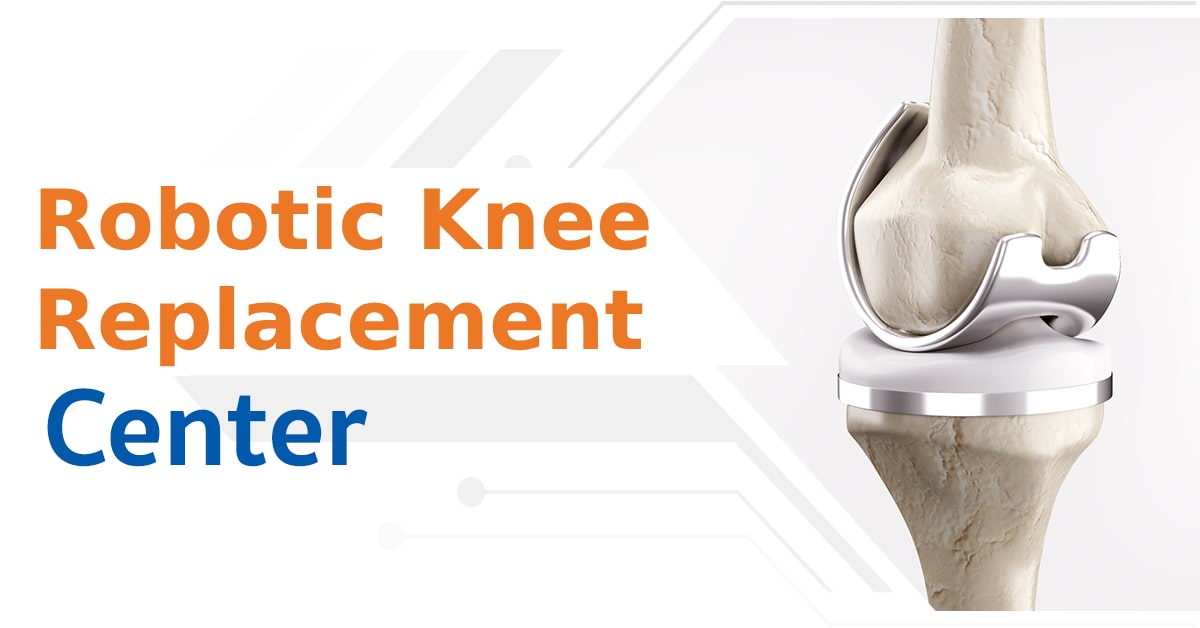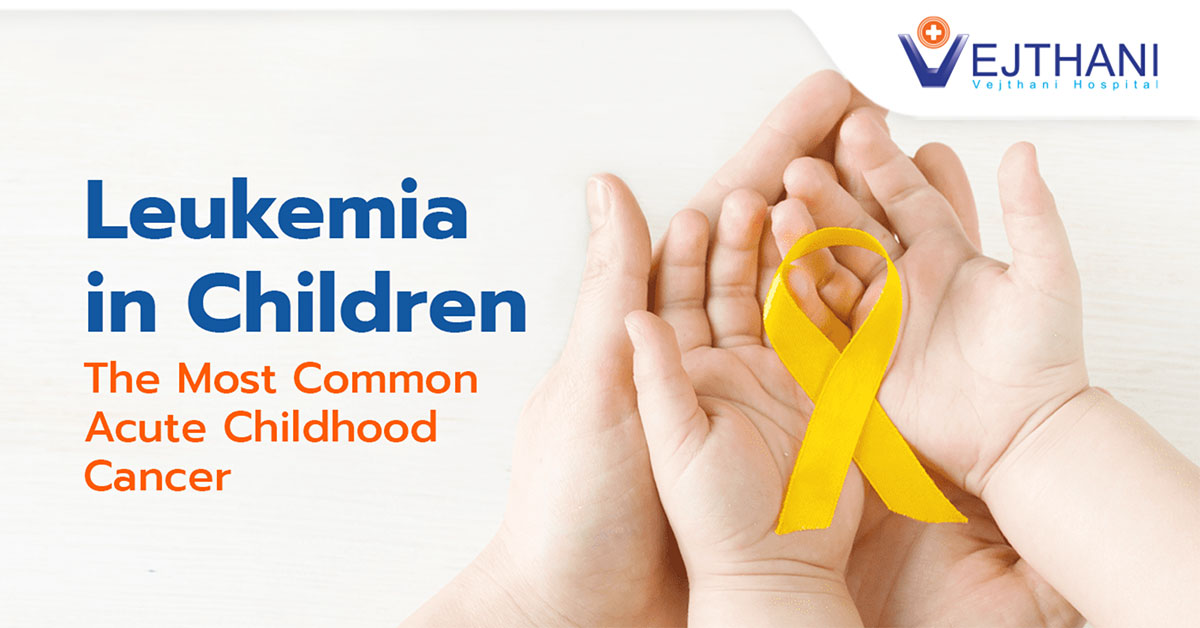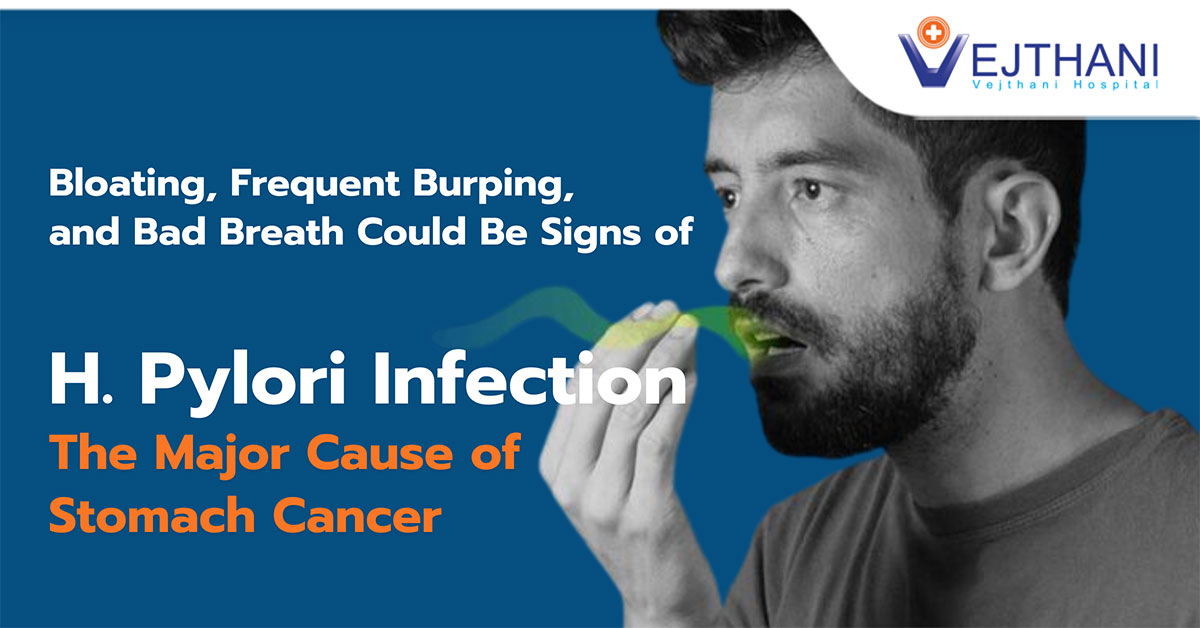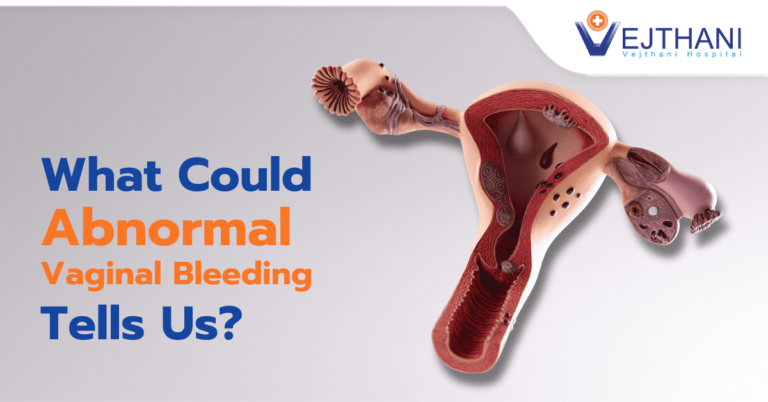
Health Articles
Ovarian Cyst
Are filled with fluid, similar to a blister.
An ovarian follicle that is larger than about two centimeters and can be as small as a pea, or larger than an orange fruit.
It is the most common cause of ovulation disorders in women and characterized by excess production of androgens, and by infrequent monthly period and or absent monthly periods. The failure to ovulate is the most common cause of female infertility.
Occurence:
Ovarian cysts are found in nearly all premenopausal women, and postmenopausal women.It can affect women of all ages.
They occur most often, however, during a woman’s childbearing years.
Signs and Sypmtoms:
Dull aching, or severe, sudden, and sharp pain or discomfort in the lower abdomen (one or both sides), pelvis, vagina, lower back, or thighs; pain may be constant or intermittent this is the most common symptom
Fullness, heaviness, pressure, swelling, or bloating in the abdomen
Breast tenderness
Pain during or shortly after beginning or end of menstrual period.
Irregular periods, or abnormal uterine bleeding or spotting
Change in frequency or ease of urination (such as inability to fully empty the bladder), or difficulty with bowel movements due to pressure on adjacent pelvic anatomy
Weight gain
Nausea or vomiting
Fatigue
Infertility
Increased level of hair growth
Increased facial hair or body hair
Headaches
Strange pains in ribs, which feel muscular
Bloating
Strange nodules that feel like bruises under the layer of skin
Treatment:
Treatment for cysts depends on the size of the cyst and symptoms.
Pain caused by ovarian cysts may be treated with:
pain relievers
Nonsteroidal anti-inflammatory drugs such as ibuprofen (Motrin, Advil), or narcotic pain medicine (by prescription) may help reduce pelvic pain.
A warm bath, or heating pad, or hot water bottle applied to the lower abdomen near the ovaries can relax tense muscles and relieve cramping, lessen discomfort, and stimulate circulation and healing in the ovaries. Bags of ice covered with towels can be used alternately as cold treatments to increase local circulation.
Cysts that persist beyond two or three menstrual cycles, or occur in post-menopausal women, may indicate more serious disease and should be investigated through ultrasonography and laparoscopy, especially in cases where family members have had ovarian cancer. Such cysts may require surgical biopsy.
For more serious cases where cysts are large and persisting, doctors may suggest surgery. Some surgeries can be performed to successfully remove the cyst(s) without hurting the ovaries, while others may require removal of one or both ovaries.

























